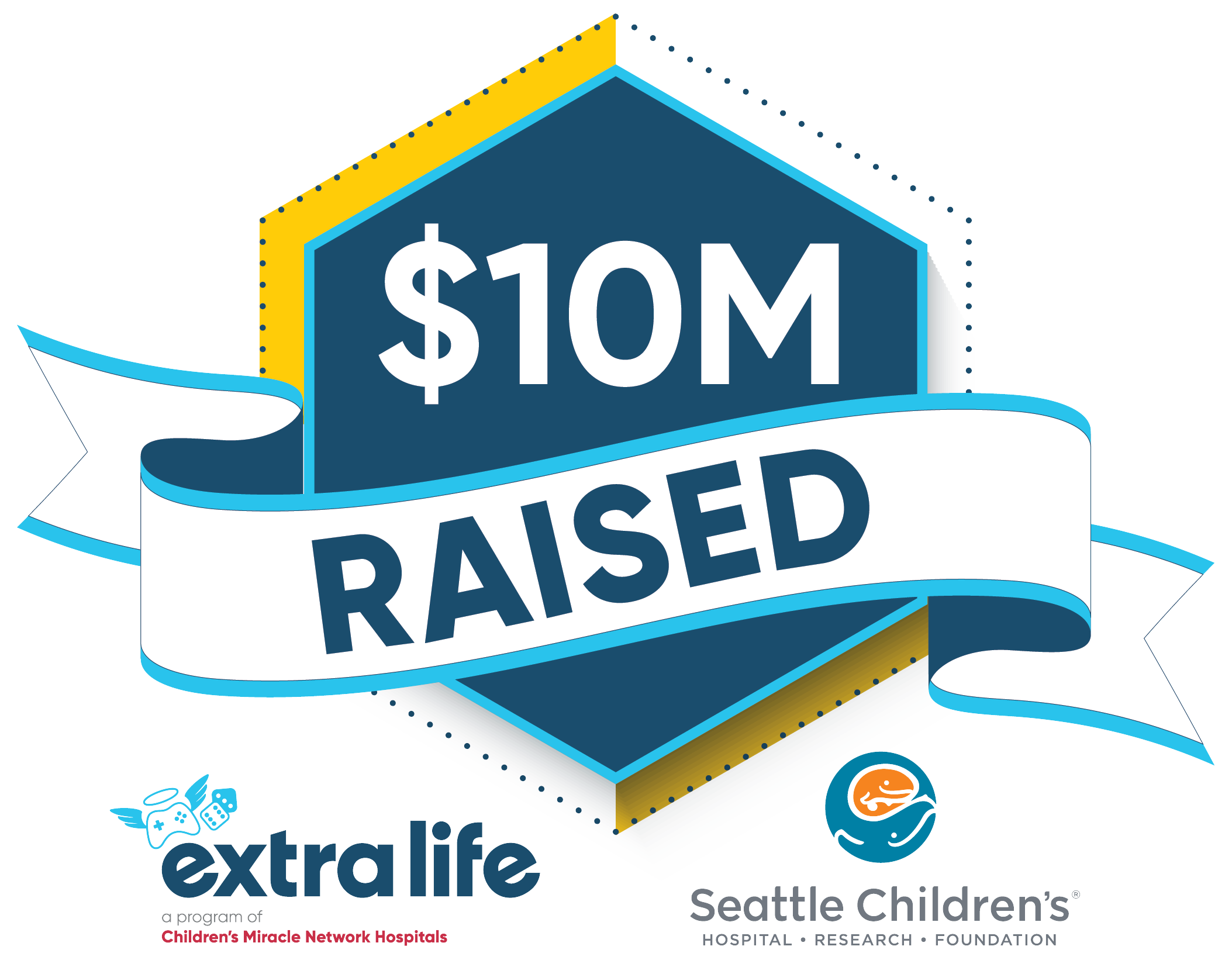March is Women’s History Month
March is Women’s History Month, a time to recognize the diversity of women, honor the contributions of women throughout history and inspire future generations. Seattle Children’s is an organization built and strengthened by many strong, persistent and resilient women. Here are a handful of their stories.
Anna Clise

Anna Herr Clise, her husband James W. Clise, and their three children lived at the foot of Queen Anne Hill at a time when hordes of gold prospectors flooded Seattle for provisions on their way to the Yukon Territory.
Tragedy struck the Clise family when their youngest son, 6-year-old Willis, became seriously ill and succumbed to untreatable inflammatory rheumatism (acute swelling of the body’s joints) on March 19, 1898. At the time of Willis’s death, the closest children’s hospital was in San Francisco. However, the most advanced treatments for children are at Children’s Hospital of Philadelphia, some 2,800 miles away.
Years later, Anna’s cousin, Dr. John Musser, who had established a ward for crippled children at Children’s Hospital of Philadelphia, gave Anna a tour of the hospital – the first institution in the United States dedicated to pediatric medicine. Anna also toured the Hospital for Women and Children in New York, an organization founded by a group of the city’s leading women to treat female and childhood ailments and to train nurses.
During the week-long railroad journey back to Seattle, Anna reflected on Willis’s painful illness and dreamed of starting an organization – like those she toured on the East Coast – to treat sick and crippled children in Seattle.
On January 4, 1907, six months after her trip to Philadelphia, Anna gathered 16 of her friends to discuss the lack of treatment options for children in local hospitals. The women – almost all mothers – agree to form an association to provide surgical care for children with orthopedic disorders.
Later that year, the Dorcas Charity Club – an organization of Black women dedicated to the social welfare of Seattle’s African American community – reached out to the hospital regarding the care of Madelaine Black, a 14-year-old Black girl with tuberculosis of the knee. Children’s and the club share the cost of her care, and in October, the hospital trustees establish a policy which lasts to this day – it will serve all children, regardless of race, religion, gender, or ability to pay.
Odessa Brown
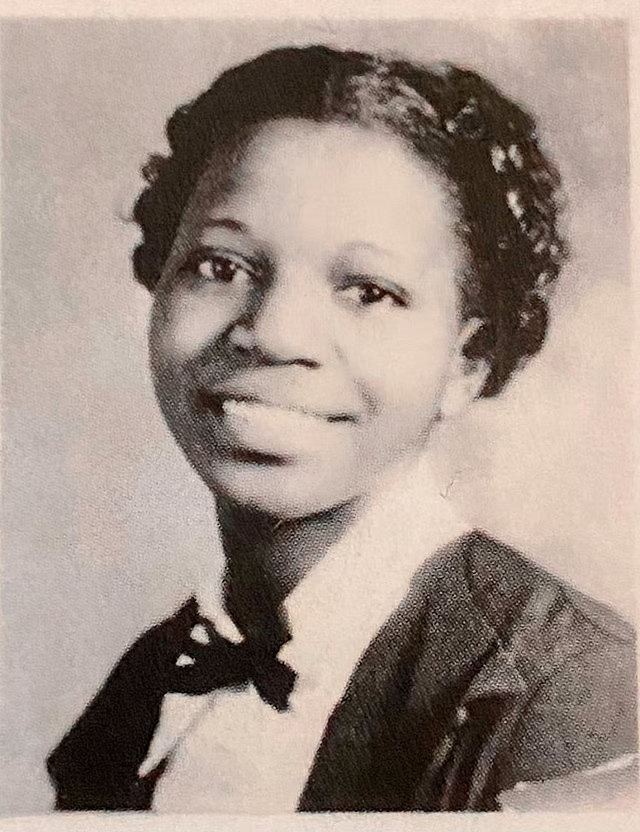
Odessa Brown was born in Arkansas in 1920. During the Great Depression, Brown moved to Chicago and had difficulty getting the care she needed when she experienced health problems. She was turned away at one Chicago area hospital. Brown reportedly said to the staff, “I am Black and poor, but I will leave in peace so that I can keep my dignity.”
Brown moved to Seattle in 1963 after receiving training as a licensed beautician at the C. J. Walker Beauty School in Chicago. A mother of four, she supported her family by working as Community Organizer for the Central Area Motivation Program beginning in 1965, and as a beautician. Brown was a staunch supporter of a health care facility for children in the Central Area. She worked tirelessly in this mostly African American neighborhood to make residents aware of the health needs of the area and to express these needs to the planners at Seattle Model Cities, a federally-funded anti-poverty agency.
Brown fought to bring quality healthcare with dignity to children in the Central District. She died of leukemia in 1969 at age 49. When the new children’s clinic opened the next year, a thankful community named it in her honor.
Dr. Blanche Sellers Lavizzo
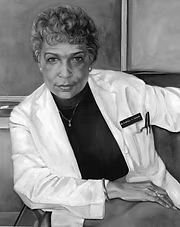
In 1956, Dr. Blanche Sellers Lavizzo opened her practice in Seattle’s Central District, becoming Washington state’s first Black female pediatrician, seeing patients in her office during the day and making house calls in the evenings.
When the Odessa Brown Children’s Clinic opened in 1970, she served as its first medical director, a role she held until her death in 1984. Her motto, “Quality care with dignity” became the motto of the clinic.
Dr. Lavizzo is considered one of the four “mothers” of OBCC along with Odessa Brown, Elizabeth Thomas and Maxine Hayes.
Dr. Lavizzo’s legacy is so significant that two sites within Seattle’s parks system are named after her:
- Blanche Lavizzo Park, which connects S Jackson St. and E Yesler Way; and
- Blanche Lavizzo Water Play Area, located at Edwin T. Pratt Park.
Elizabeth Thomas
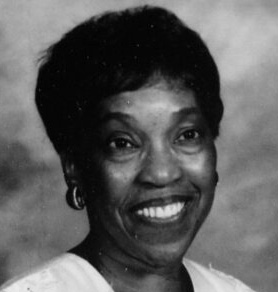
Elizabeth “Liz” Thomas, MN, ARNP was a trailblazer as the first Black woman to work as an ARNP in Seattle and also the first to complete the Pediatric Nurse Practitioner Program at the University of Washington School of Nursing.
Liz was inspired to become a nurse as a young child when she was prohibited from visiting her dying mother. Later, she wasn’t allowed to attend a hospital-based nursing school in Mobile, Alabama due to racism, so she entered a licensed practical nurse (LPN) program at a Catholic-run nursing school in Selma, Alabama.
After moving to Seattle in 1961, Liz worked at OBCC for 23 years, where she built a reputation as a strong advocate for youth and their families, including teen mothers. She received many distinguished recognitions, such as the Human Rights Award from the Seattle Chapter of the UN Association.
Liz’s legacy lives on in numerous ways, one being Children’s Elizabeth Thomas Legacy Nursing Scholarship. She was inducted into the Washington State Nurses Association Hall of Fame in 2000.
Dr. Maxine Hayes
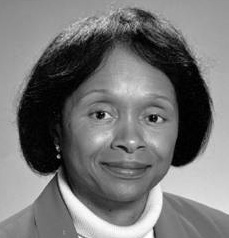
Maxine Hayes, MD, MPH, became the medical director of OBCC in 1985.
In 1988, she joined the Washington State Department of Health and was appointed State Health Officer.
Maxine has focused her career on disease prevention. She is the recipient of two major healthcare awards: the Dr. Nathan Davis Award for Outstanding Government Service (American Medical Association) and the Martha May Eliot Award (American Public Health Association).
.
Dr. Kim Stone
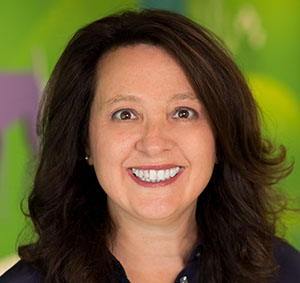
Kim Stone, MD, vice president of Medical Affairs and clinical director of Emergency Medicine, not only helped expand the Simulation Program by introducing system simulation but also played an integral role in simulations for the opening of Forest A (then called Building Hope).
“The opening of Building Hope was a huge endeavor in 2013 in which systems simulation was employed prior to opening all the clinical units for patient care,” she says. “The success of that project launched the integration of facilities and system simulations still in place at Children’s.”
Dr Shaquita Bell
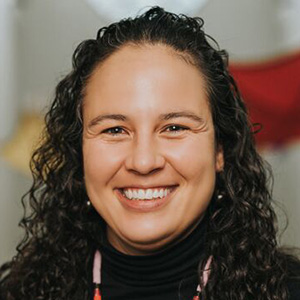
Shaquita Bell, MD, first arrived at Children’s in 2006 as an intern in the Pediatrics Residency Program. Her continuity clinic (where residents manage a group of patients over time under faculty supervision) took place at OBCC, and she loved it so much she never left.
In addition to her leadership role at OBCC, she has also served as Medical Staff President and medical director of the Center for Diversity and Health Equity (CDHE).
Shaquita has received many industry awards, including the 2023 Native American Child Health Advocacy Award from the American Academy of Pediatrics and the 2022 Physician of the Year Award from the Association of American Indian Physicians
Dr. Leslie Walker
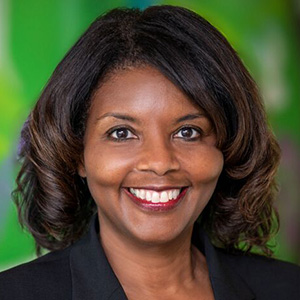
Leslie R. Walker, MD, FAAP, FSAHM, has served as senior vice president and chief academic officer since 2019. Prior to that, she was the division chief of Adolescent Medicine at Children’s for nine years before moving to Penn State University for two and a half years.
Leslie’s accomplishments have often focused on the future and betterment of pediatrics and research. “Helping to create the Research Integration Hub has been very meaningful, as well as supporting the development of college students who want to have careers in science and medicine,” she says.
Leslie is also a member of multiple women’s organizations that focus on community service.
When asked what advice she’d give her younger self, she says, “Take risks. It may not work out all the time, but it won’t move the mission forward at all if you move too slow or don’t take a chance.”
Dr. Clara Lin

Clara Lin, MD, vice president and chief medical information officer, was recently recognized on Becker’s list for “driving health IT innovation, clinician well-being and workflow optimization.”
An influential historical figure in her life is Clara Barton, founder of the American Red Cross. “I am inspired by her dedication to humanitarian efforts and healthcare,” Clara says. But the connection runs even deeper. “I chose my own English name of Clara when I first moved to the U.S. at age 14. When I later learned I share the same chosen first name with Clara Barton, I felt very proud.”
Thank you to these, and all the incredible women who have helped build Seattle Children’s since our founding in 1907. You can support the life-saving treatments, innovative research, and transformational pediatric care at Seattle Children’s by donating today.






